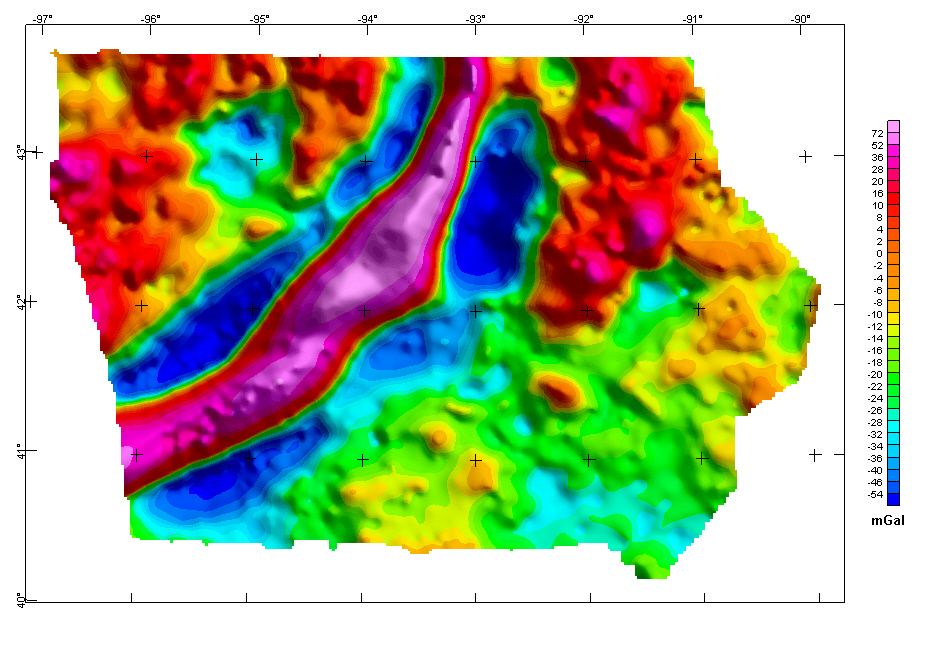 The Gray Wolf (Canis lupus) has been busy for the past few months. Last year, some populations of the wolf were removed from the endangered species list, however, they were put back on later by a judge. In the last days of the Bush administration, they were again delisted. However, since Obama took office, this was reversed again.
The Gray Wolf (Canis lupus) has been busy for the past few months. Last year, some populations of the wolf were removed from the endangered species list, however, they were put back on later by a judge. In the last days of the Bush administration, they were again delisted. However, since Obama took office, this was reversed again.Although, wolves in the Yellowstone region get more attention, the largest population in the northern Rocky Mts is actually in central Idaho and western Montana. According to the latest public report, there are roughly 1,500 wolves in the northern Rocky Mts. Central Idaho/western Montana has 800 of these wolves, 450 are in the Yellowstone region, and 250 in northern Montana. The above map shows general locations of various wolf packs in central Idaho based on radio collar data. Maps are available for all three regions showing the wolf pack ranges.
Map Information
Central Idaho Wolf Recovery Area. 2008. From Rocky Mountain Wolf Recovery 2007 Interagency Annual Report.Prepared by Montana Fish, Wildlife, and Parks Information Services Division.


